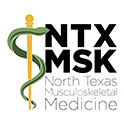Regenerative Orthopedics: Not All Procedures are Created Equal
The field of regenerative medicine is complex. Patients often believe that the treatment they receive at one clinic is the same as another, that the latte at this Starbucks is the same as the latte at another.

